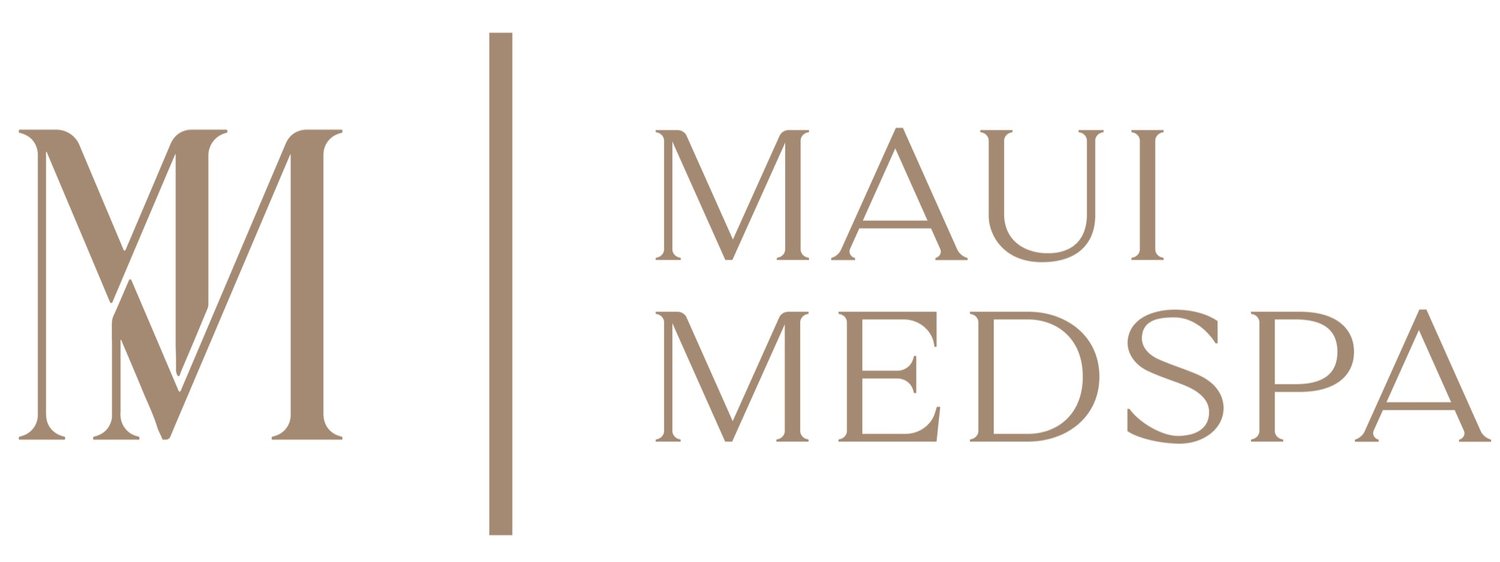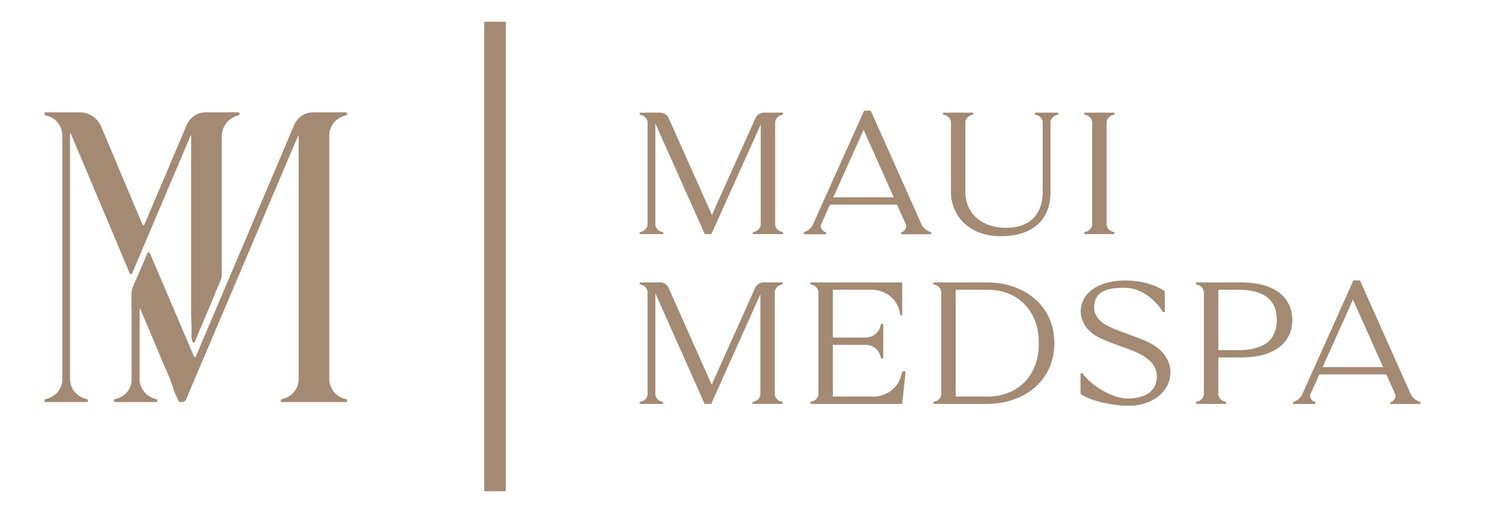Understanding the Different Types of Acne
Acne is not just a teenage problem; it's a skin condition that affects individuals at various stages of life. Through this series, we aim to unravel the complexities behind acne's development, explore a range of at-home and clinical treatment options, and guide you through post-acne care. Our mission is to arm you with current and actionable knowledge for your acne treatment journey.
Identifying Your Acne: From Blackheads to Cysts
Acne presents in several forms, each requiring a specific approach to treatment:
What are Blackheads?
Blackheads, the mildest form of acne, occur when a mix of oil, debris, and dead skin cells block your pores. These spots darken due to air exposure, but they're usually more of a cosmetic concern without serious long-term effects.
How are Whiteheads Formed?
Whiteheads form similarly to blackheads but with a skin layer on top, keeping the trapped oil from oxidizing, thus maintaining a white appearance. Removing whiteheads often requires more care due to their covered nature.
Navigating Through Papules and Pimples
Pimples, or papules, are the quintessential sign of acne, arising from bacterial activity coupled with oil and dead skin buildup, leading to the red, inflamed spots we're all familiar with.
Nodular and Cystic Acne
The most severe acne types are nodular and cystic acne, where deep, painful lesions form under the skin. They demand more aggressive treatment strategies to avoid lasting damage like scarring.
Choosing the Right Acne Treatment for You
Finding the right treatment for your acne involves a combination of approaches, potentially including:
Topical creams and ointments
Oral antibiotics
Prescribed retinoids or topical antibiotics
Isotretinoin (Accutane) for severe cases
Embark on Your Acne Treatment Plan
Understanding the different types of acne is essential for effective treatment. Whether dealing with blackheads, whiteheads, papules, pustules, or the more severe nodular and cystic acne, various treatment options are available. These may include topical medications, oral antibiotics, prescription retinoids, chemical peels, hormonal therapies, or isotretinoin for particularly stubborn cases. The right treatment for acne depends on the individual's specific skin condition and type of acne. With the correct approach and professional guidance, managing acne effectively is an attainable goal.


